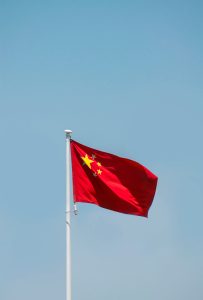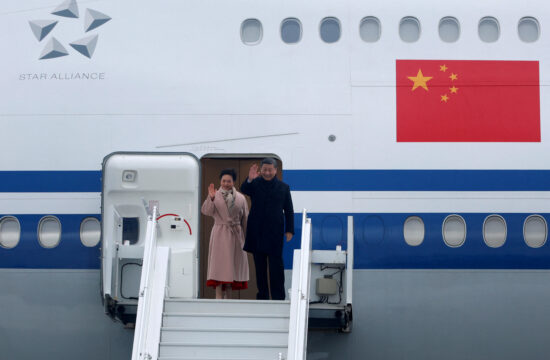China, the world’s second-largest economy, has experienced a notable shift in its economic landscape as consumer prices exhibit a gradual uptick while factory deflation begins to ease. This phenomenon marks a significant development in the country’s economic trajectory, with implications for both domestic and global markets. In this article, we delve into the factors behind this shift, analyze its implications, and provide a comparative analysis to elucidate the broader context.
Understanding the Trends

The Consumer Price Index serves as a vital metric for gauging inflationary pressures within an economy. In China, recent data indicates a moderate increase in consumer prices, signaling a departure from the previous trend of subdued inflation. Factors such as rising demand, supply chain disruptions, and policy adjustments have contributed to this uptick.
Conversely, factory deflation, a persistent concern for Chinese policymakers, is showing signs of abating. This phenomenon, characterized by a prolonged period of declining producer prices, has weighed on the profitability of Chinese industries. However, recent data suggests a gradual reversal of this trend, offering a glimmer of hope for manufacturers.
Factors Driving the Shift
The interplay between demand and supply dynamics plays a pivotal role in shaping inflationary trends. Amidst China’s economic recovery from the COVID-19 pandemic, a resurgence in consumer demand has exerted upward pressure on prices. Simultaneously, supply chain disruptions, both domestic and international, have constrained the availability of certain goods, further fueling inflationary pressures.
The Chinese government has implemented a series of targeted policy measures aimed at stabilizing prices and supporting economic recovery. These include fiscal stimulus packages, monetary easing, and supply-side interventions. Additionally, regulatory measures to address speculative activities and price distortions have been introduced to ensure market stability.
Implications and Analysis
The uptick in consumer prices could potentially influence consumer sentiment and spending patterns. While moderate inflation can signal economic vitality, a rapid acceleration in prices may erode purchasing power and dampen consumer confidence. Thus, policymakers must strike a delicate balance to sustain economic growth while containing inflationary pressures.
Impact on Industries
The easing of factory deflation bodes well for Chinese industries, particularly manufacturing and production sectors. A more favorable pricing environment enhances profitability and incentivizes investment, potentially driving broader economic expansion. However, sustained inflationary pressures could pose challenges for businesses, particularly those reliant on imported inputs.
Comparative Analysis
To contextualize China’s economic trends, a comparative analysis with other major economies is imperative. The following table provides a snapshot of key inflationary indicators across select countries:
| Country | Inflation Rate (CPI) | Producer Price Index (PPI) |
|---|---|---|
| China | Moderate increase | Easing deflationary trends |
| United States | Accelerating | Rising |
| Eurozone | Modest | Gradual uptick |
| Japan | Subdued | Stable |
Conclusion
China’s evolving economic landscape, characterized by a resurgence in consumer prices and easing factory deflation, underscores the complexities of managing inflationary pressures amidst a backdrop of economic recovery. While these developments offer potential opportunities for growth, policymakers must remain vigilant in navigating the delicate balance between stimulating demand and containing inflation. A comparative analysis with other major economies provides valuable insights into the global context of China’s economic trends, highlighting the interconnectedness of today’s interconnected world.
In summary, the trajectory of China’s consumer prices and factory deflation carries implications that extend beyond its borders, shaping the broader narrative of global economic recovery and resilience.










